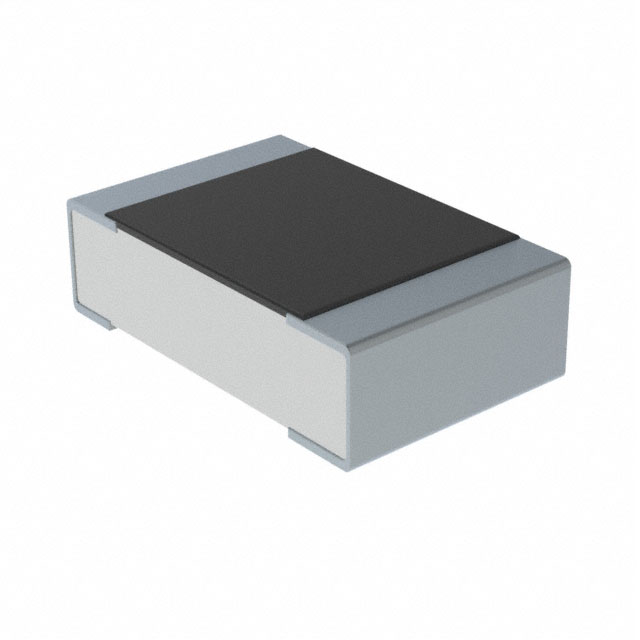When it comes to electronic circuits and devices, resistors play a crucial role in controlling the flow of electric current. They are essential components that are used to limit current, divide voltage, and adjust signal levels. There are various types of resistors available in the market, each with its own unique characteristics and applications. In this comprehensive guide, we will delve into the different types of resistors, including light dependent resistors, variable resistors, through hole resistors, resistor networks, and chip resistors, to help you gain a better understanding of their functions and uses.
Light Dependent Resistor (LDR):
A light dependent resistor, also known as a photoresistor, is a type of resistor whose resistance varies with the intensity of light it is exposed to. LDRs are made of semiconductor materials, and their resistance decreases as the intensity of light increases. This unique property makes them ideal for use in light-sensitive devices such as streetlights, camera light meters, and outdoor lighting systems. LDRs are commonly used in circuits where automatic control based on light levels is required.
Variable resistors, as the name suggests, are resistors whose resistance can be adjusted manually. They are also known as potentiometers or rheostats, and they come in various forms such as rotary, slide, and trimmer potentiometers. Variable resistors are used to control the voltage or current in a circuit, allowing for precise adjustments to be made. They are commonly found in audio equipment, lighting controls, and electronic instruments where fine-tuning of resistance is necessary.
Through Hole Resistors:
Through hole resistors are a traditional type of resistor that is mounted on a circuit board by inserting their leads through pre-drilled holes and soldering them in place. They are available in various power ratings and resistance values, making them suitable for a wide range of applications. Through hole resistors are known for their reliability and ease of installation, and they are commonly used in industrial, automotive, and consumer electronics.
Resistor networks are a group of resistors integrated into a single package, with each resistor having its own individual terminals. They are designed to save space and simplify circuit board layout by providing multiple resistors in a compact form. Resistor networks are commonly used in applications where precise matching of resistance values and compact size are required, such as in precision instrumentation, telecommunications equipment, and medical devices.
Chip resistors, also known as surface mount resistors, are compact, surface mount components that are widely used in modern electronic devices and circuit boards. They are available in various sizes and power ratings, and they offer high reliability and stability. Chip resistors are suitable for high-density circuit designs and automated assembly processes, making them popular in consumer electronics, telecommunications, and automotive applications.

In conclusion, resistors are essential components in electronic circuits, and understanding the different types of resistors and their applications is crucial for designing and building electronic devices and systems. Whether it's controlling light levels with a light dependent resistor, fine-tuning voltage with a variable resistor, or saving space with a resistor network or chip resistor, each type of resistor has its own unique characteristics and advantages. By choosing the right type of resistor for a specific application, engineers and designers can ensure the optimal performance and reliability of their electronic designs.


